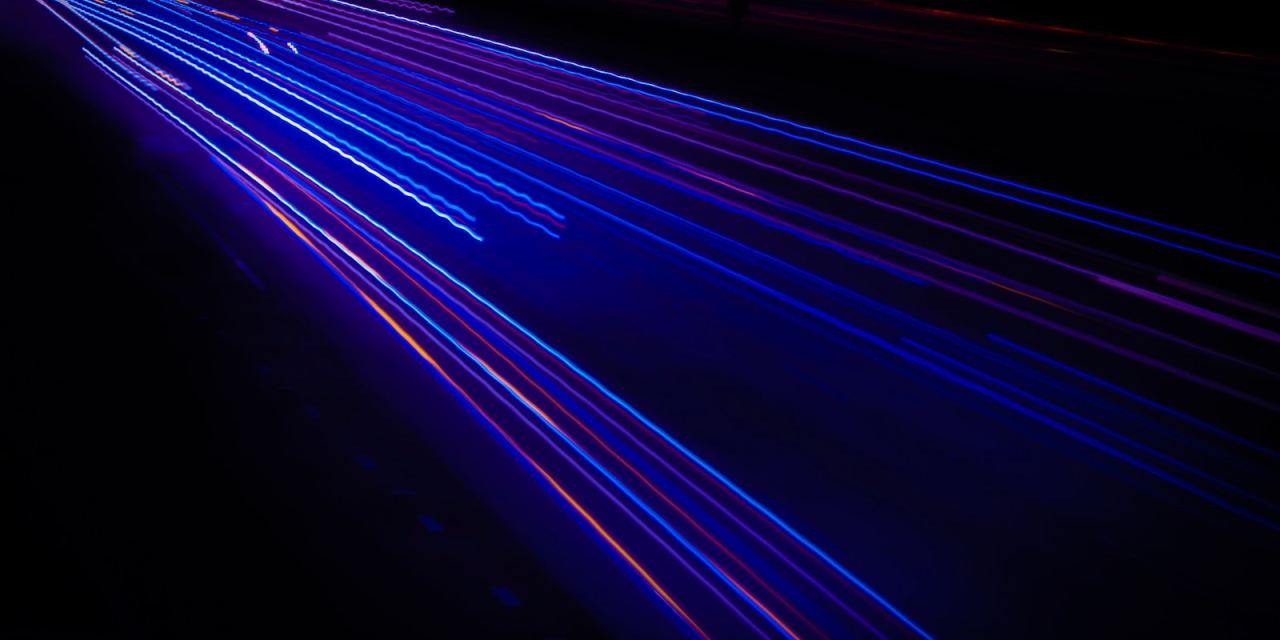Interview
At this year’s Submarine Networks EMEA event, we caught up with Thomas Soerensen, Vice President, Global Sales at Ciena, to discuss the ever-changing submarine cable landscape and some of the key technologies driving change in 2024

The rise of AI is a major focus this year at the Submarine Networks EMEA conference. What impact do you think this is set to have on the submarine cable ecosystem?
AI is contributing to increased data and capacity requirements which, in turn, will contribute to the ongoing growth in the submarine cable market.
I believe AI will improve network performance and efficiencies for all service providers. Here are some examples I think will be really important:
- Advanced network monitoring and fault detection: With AI, providers can analyse data from multiple sources in real-time to rapidly pinpoint faults to minimise downtime.
- Predictive maintenance: AI analytics can help predict equipment failures and facilitate proactive maintenance planning before issues occur. This helps optimize resource allocation, reduce opex costs, and maximise the lifespan of critical infrastructure.
- Automated network planning and optimisation: AI algorithms can optimise the design and routing of submarine cable networks, considering cost, traffic patterns, and environmental impact. This will help streamline network planning processes, enhance efficiency, and expedite the deployment of new cable systems.
- Security/Intelligent threat protection: AI can analyse network traffic patterns, detecting anomalies and locate potential threats or unauthorized activities.
Is this shift in AI primarily being driven by hyperscalers? What do you think of their continued role in the subsea industry?
Hyperscalers are currently leading the industry by building massive amounts of AI infrastructure in and between their data centres, initially for consumer-centric applications. Hyperscalers are often at the forefront of technological innovation, driving the adoption of emerging technologies and the development of new solutions to continually advance the submarine networking industry now and into the future. This is evidenced by a handful of hyperscalers representing over 70% of all used international traffic, as per analysts from TeleGeography.
Earlier this year you upgraded the Sea-Me-We-4 cable to increase its capacity. Tell us more about this process and why it’s important?
The Europe-to-Asia route, where SEA-ME-WE 4 is situated, is experiencing a major digitalisation push, resulting in extreme capacity demands. To support growing demand for more bandwidth across this route, SEA-ME-WE 4 is leveraging Ciena’s GeoMesh Extreme submarine network solution to increase capacity from 65Tb/s to 122Tb/s.
The Ciena upgrade is helping optimise the resources of the SEA-ME-WE 4 cable, enhancing its capabilities through improvements in network capacity, flexibility, and durability. Importantly, this will allow the cable system to maintain pace with voracious global demand for bandwidth, protect terabits of traffic, and ensure optimal network availability.
We’ve seen some cable outages in recent months, caused by both environmental and man-made events. What needs to be done to make submarine network connectivity more resilient?
The seabed can be a hostile environment for power and telecom submarine cables. Although unpredictable natural disasters, like undersea earthquakes and landslides, can cause widescale damage, most submarine cable faults are due to humans, such a fishing nets or anchors snagging submarine cables in the seabed, especially in shallower waters where cables are not buried or armoured.
Protecting undersea cables takes the entire ecosystem and Ciena is committed to driving greater network resilience and reliability. And, while we cannot regulate (or educate) Mother Nature, we can regulate and educate people involved in marine activities such that they are aware of nearby submarine cables and take appropriate precautions.
Organisations like the International Cable Protection Committee (ICPC) play an important role in promoting submarine cable protection and resilience via cross-industry collaboration and liaising with entities across the industry, governments, and academia to holistically understand submarine cables and the environments where they are installed. About 98% of all submarine telecom cables are represented in the ICPC, as are power cable owners, offshore renewables developers, cable ship owners, cable operators, cable manufacturers, and other stakeholders. Together, committee member decision makers and regulators can engage with the broader industry to share technical expertise, especially around critical permitting processes.
And, as we’ve discussed already, through the use of advanced software, powered by AI, operators can also leverage new network monitoring tools to detect potential faults, analyse traffic patterns, and identify anomalies, threats, or unauthorised activities.
What’s the next big breakthrough for optical networking technology?
There are many exciting developments in the optical space – it is part of the reason I love working at Ciena!
Ciena has a long history of leadership in optical and our WaveLogic innovations have enabled an incredible 20-times increase in data traffic over fibre and a more than 90% reduction in Watts/Gbps in our customers’ networks.
So, when you ask me what the next breakthrough is in optical, I must say it is WaveLogic 6!
WaveLogic 6 will be the first coherent optic solution to support up to 1.6Tb/s single-carrier wavelengths for metro ROADM deployments, up to 1Tb/s for transoceanic links, and energy-efficient 800G pluggables across 1,000km distances.
WaveLogic 6 also helps address operator’s sustainability goals because WL6 leverages state-of-the-art, lowest power technologies to help network providers make faster progress towards these targets.
With the increasing role of AI in various industries, how is Ciena integrating AI technologies into its digital infrastructure solutions, and what benefits does the company foresee for its customers?
Our software portfolio (Navigator Network Control suite and Blue Planet Intelligent Automation) uses sophisticated analytics which collect detailed real-time performance metrics from network devices and turn that data into actionable insights.
Now we are going even further with AI, Machine Learning (ML), and the scale of cloud resources, to deliver precise, predictive analysis based on vast quantities of data. This helps our customers better optimise the way they build and operate their networks. For example, they’re able to proactively do network maintenance before issues occur or fine-tune capacity allocations before performance degrades.
As confirmed by working with industry experts, AI network builds are expected to be complex, and data centres are going to be spread around the world due to various constraints like power, regulation, latency, and data privacy. To address this reality, Ciena has solutions specifically designed to enable global data centre networks and their management functions.
The next step is to automate operations – so called AI-driven closed-loop operations. Overall, with AI, our customers can operate their networks more cost-effectively and improve customer satisfaction, giving them a competitive edge.
















